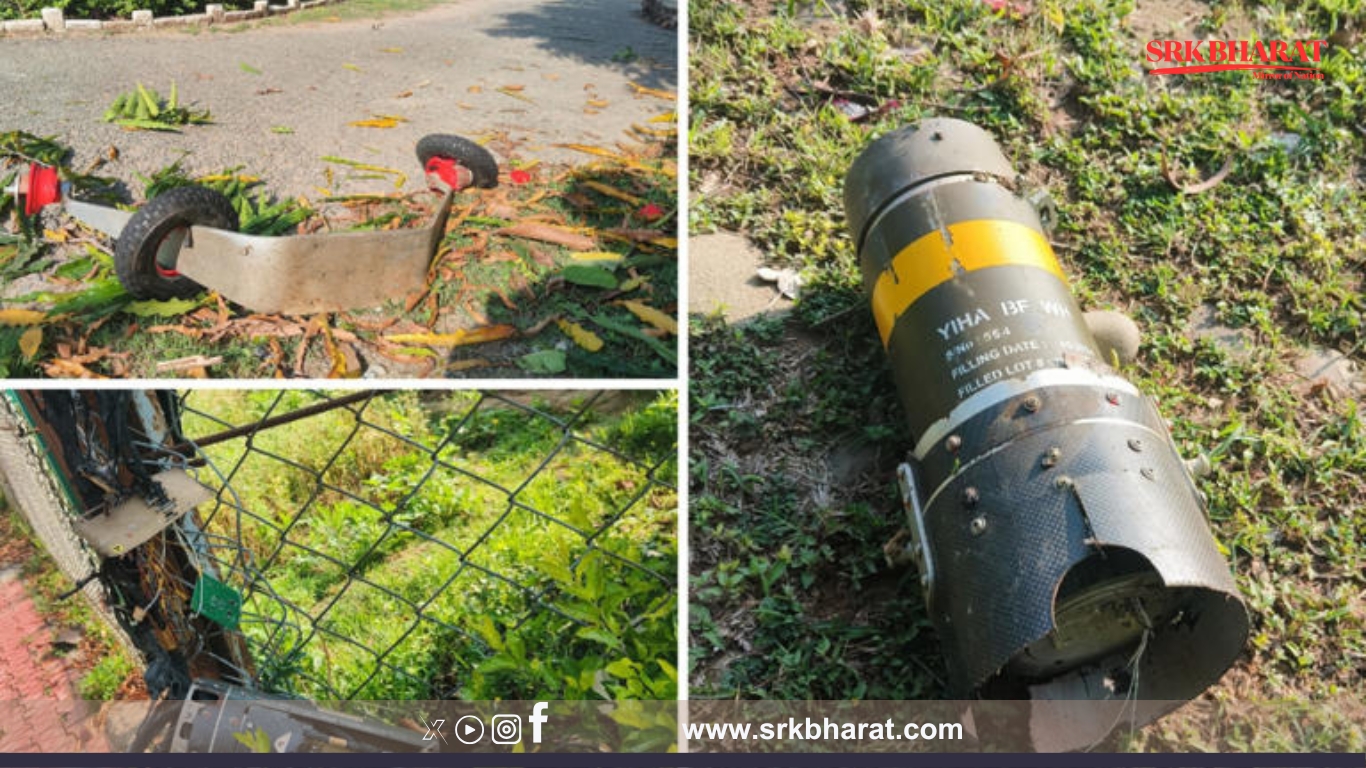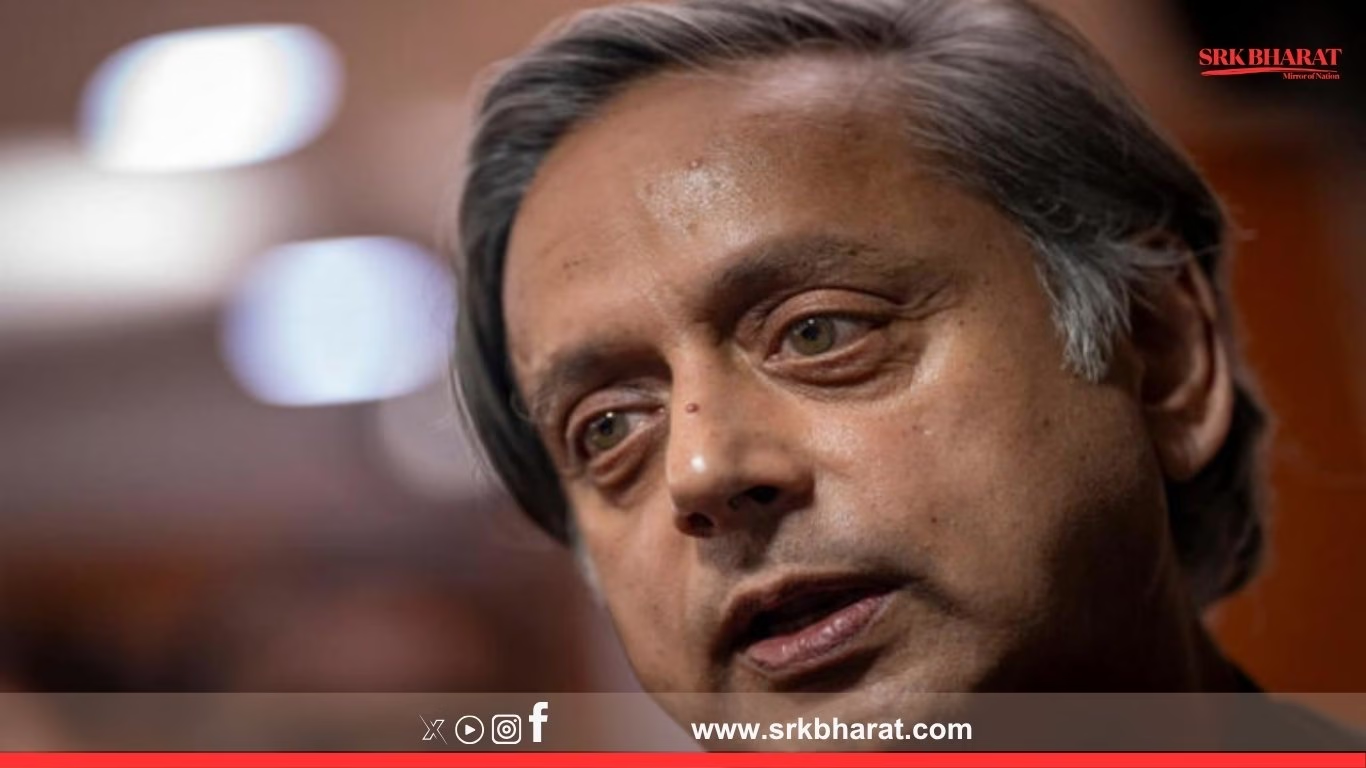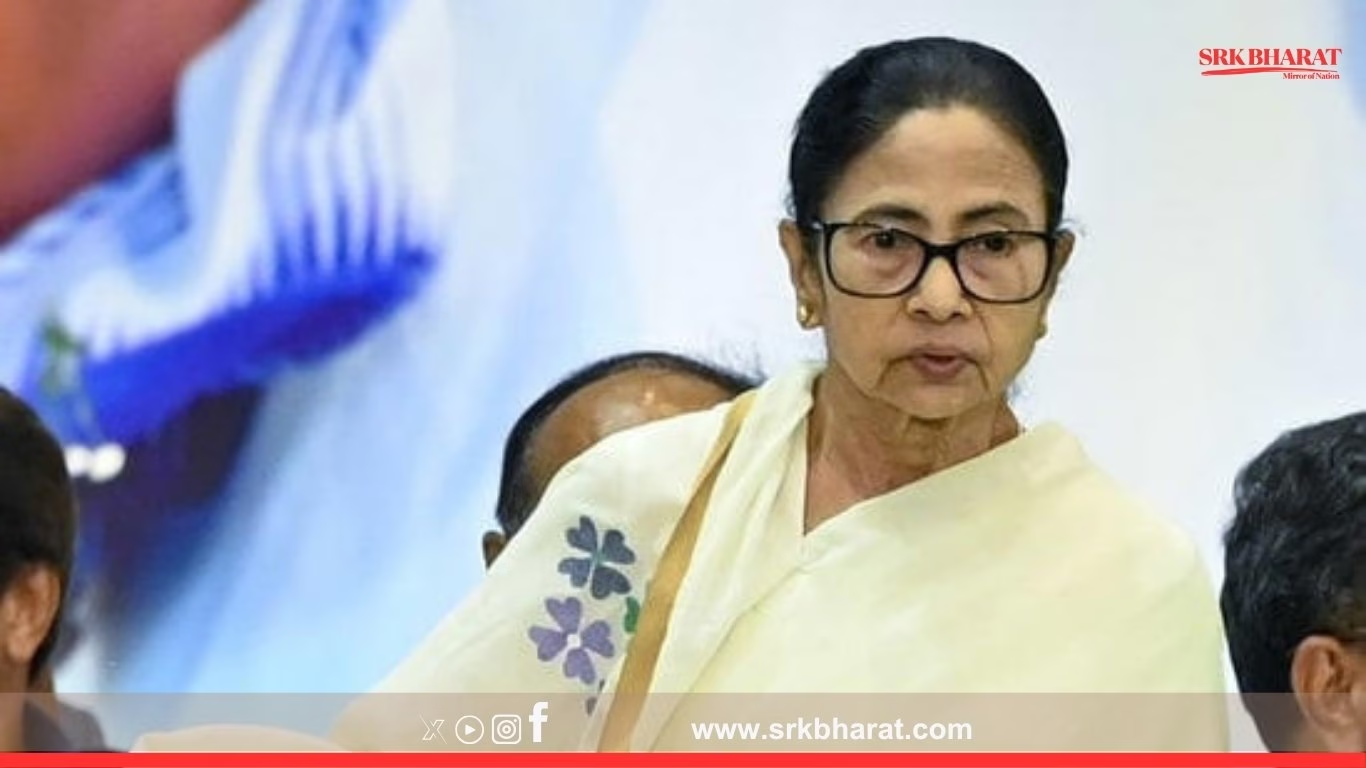John W Spencer, Chair of Urban Warfare Studies at the Modern War Institute, has commended India’s air defense strategy, highlighting its multi-layered approach in countering threats during recent military confrontations with Pakistan.
Spencer, a retired United States Army officer, emphasized that India’s success was not merely due to advanced weaponry, but rather its ability to integrate various defense systems into a seamless, multi-tiered web of protection.
India’s Air Defense Capabilities
India’s air defense network features a combination of indigenously developed and foreign-acquired systems:
- Akash & QRSAM – India’s homegrown surface-to-air missile (SAM) systems designed for quick response.
- Israeli Barak-8 – A medium-range air defense system capable of intercepting hostile aircraft and missiles.
- Russian S-400 – A long-range SAM system, providing deep airspace protection.
Pakistan’s Air Defense & India’s Tactical Advantage
Spencer noted that Pakistan primarily relies on Chinese-built systems, including:
- HQ-9/P – A long-range SAM, similar to Russia’s S-300.
- LY-80 & FM-90 – Medium and short-range air defense systems.
Despite Pakistan’s capabilities, India demonstrated effective penetration through a mix of electronic warfare, kinetic strikes, and doctrinal agility.
Global Recognition & Future Implications
Spencer’s analysis underscores India’s growing expertise in modern warfare, reinforcing its position as a leader in air defense strategy. His remarks have sparked discussions on India’s evolving military doctrine, with experts predicting further advancements in integrated defense systems.











